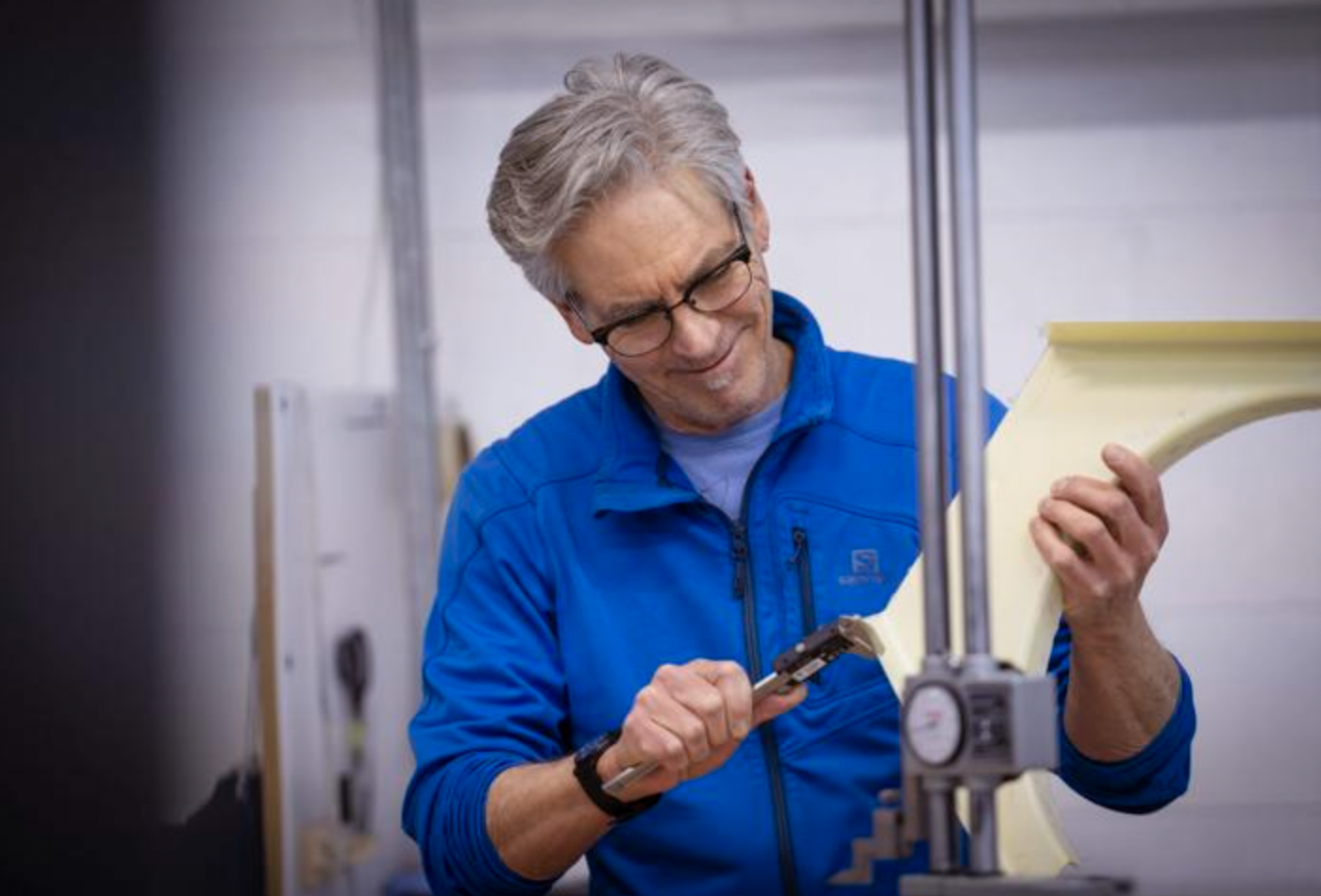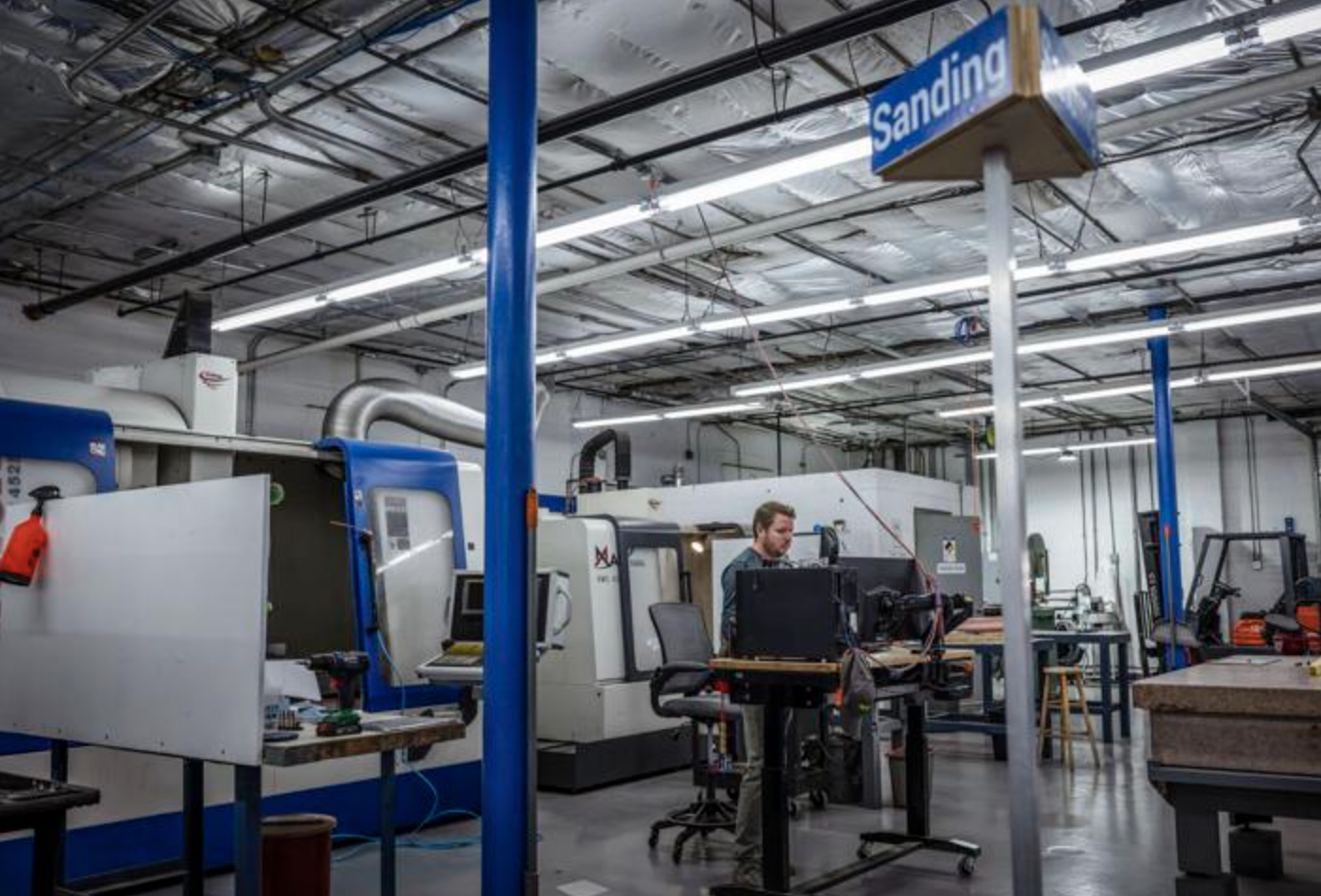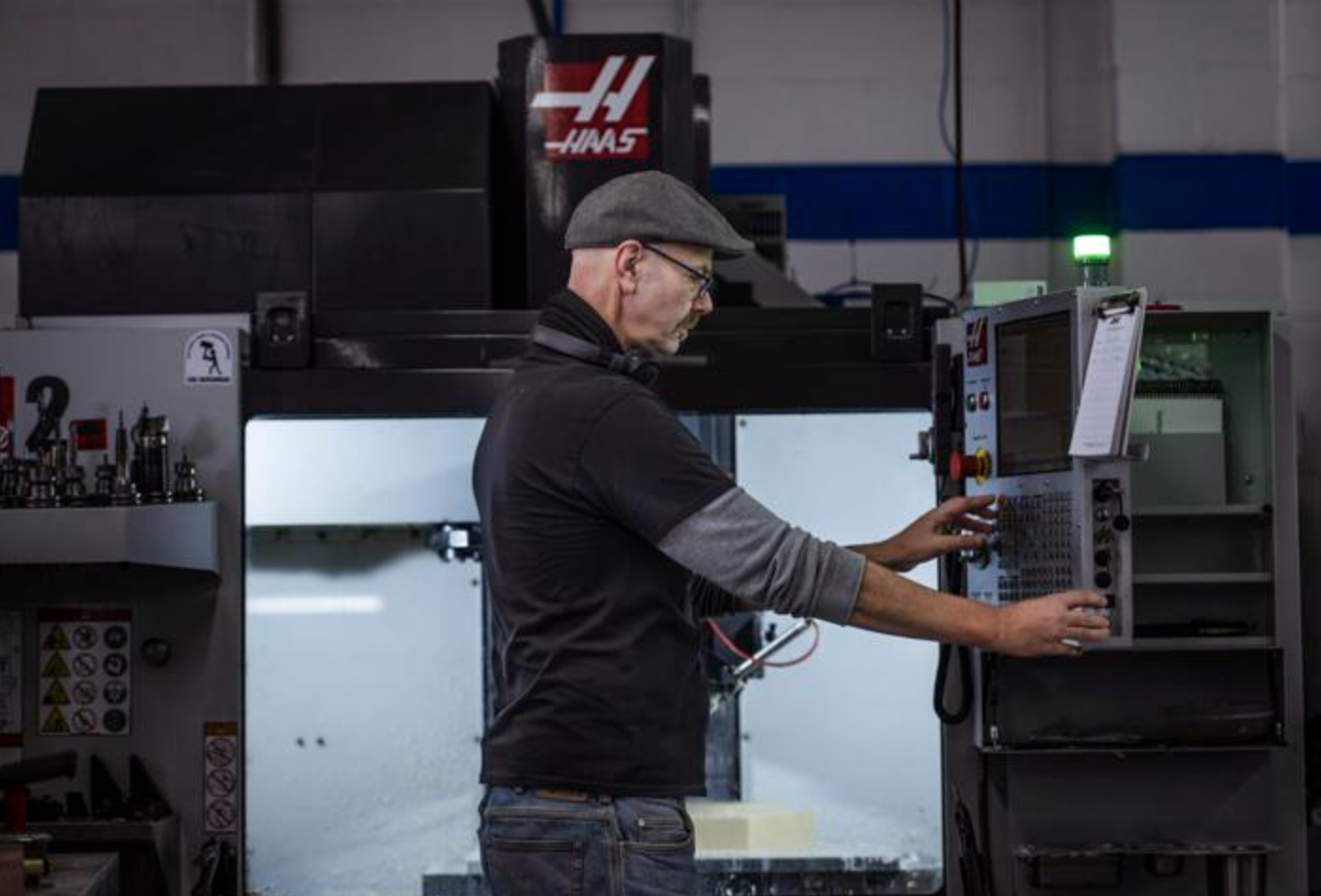FAQ: Manufacturing Processes
See the range of composite manufacturing methods we offer, how they work, and how we determine the best fit for your project.
What composite manufacturing methods do you offer, and how do they work?
- We offer compression molding, vacuum bag molding (with oven or autoclave curing), hand lay-up, and bladder molding. Each method uses different combinations of pressure, temperature, and tooling, to form and cure composite parts.
How do you decide which manufacturing process is best for my part?
- We select the process based on your part’s geometry, performance requirements, and production volume.
What are the benefits of autoclave molding for high-performance composite parts?
- Autoclave molding cures parts under controlled heat and pressure, which reduces voids and increases strength, and is ideal for demanding aerospace or structural applications.
Is bladder molding a good option for hollow or complex shapes?
- Yes, bladder molding is designed for enclosed or curved parts that can't be formed easily with external tools, and it produces consistent, high-quality internal shapes.
What’s the difference between vacuum bag molding and oven curing?
- On the one hand, vacuum bag molding applies compression during cure, improving laminate quality. On the other hand, oven curing uses heat alone and is often used in combination with vacuum bagging.
Can you combine materials like carbon fiber, Kevlar®, and fiberglass in the same part?
- Yes, we can manufacture hybrid composites using carbon fiber, aramid (Kevlar®), fiberglass, and other materials, as needed.
What kind of finishes can I expect on a composite part: matte, gloss, or textured?
- Out-of-mold finishes generally have a matte or satin appearance, although a textured finish is also possible. Achieving a high-gloss finish may require an additional post-processing step. The final finish is determined by the mold surface and usually involves balancing product cost with aesthetic preferences.
How do you ensure consistent quality during the composite manufacturing process?
- We control key steps in-house, including design, tooling, and production, which helps us to maintain tight tolerances and repeatable quality.
Can you support both small prototype runs and full production volumes?
- Yes, we support everything from one-off prototypes to high-volume production. We tailor our approach based on your part’s complexity and quantity.
How long does it usually take to go from tooling to final part delivery?
- Lead times can vary based on part complexity, material availability, and production volume. In general, the process from tooling to final part delivery can take anywhere from a few weeks to several months.



